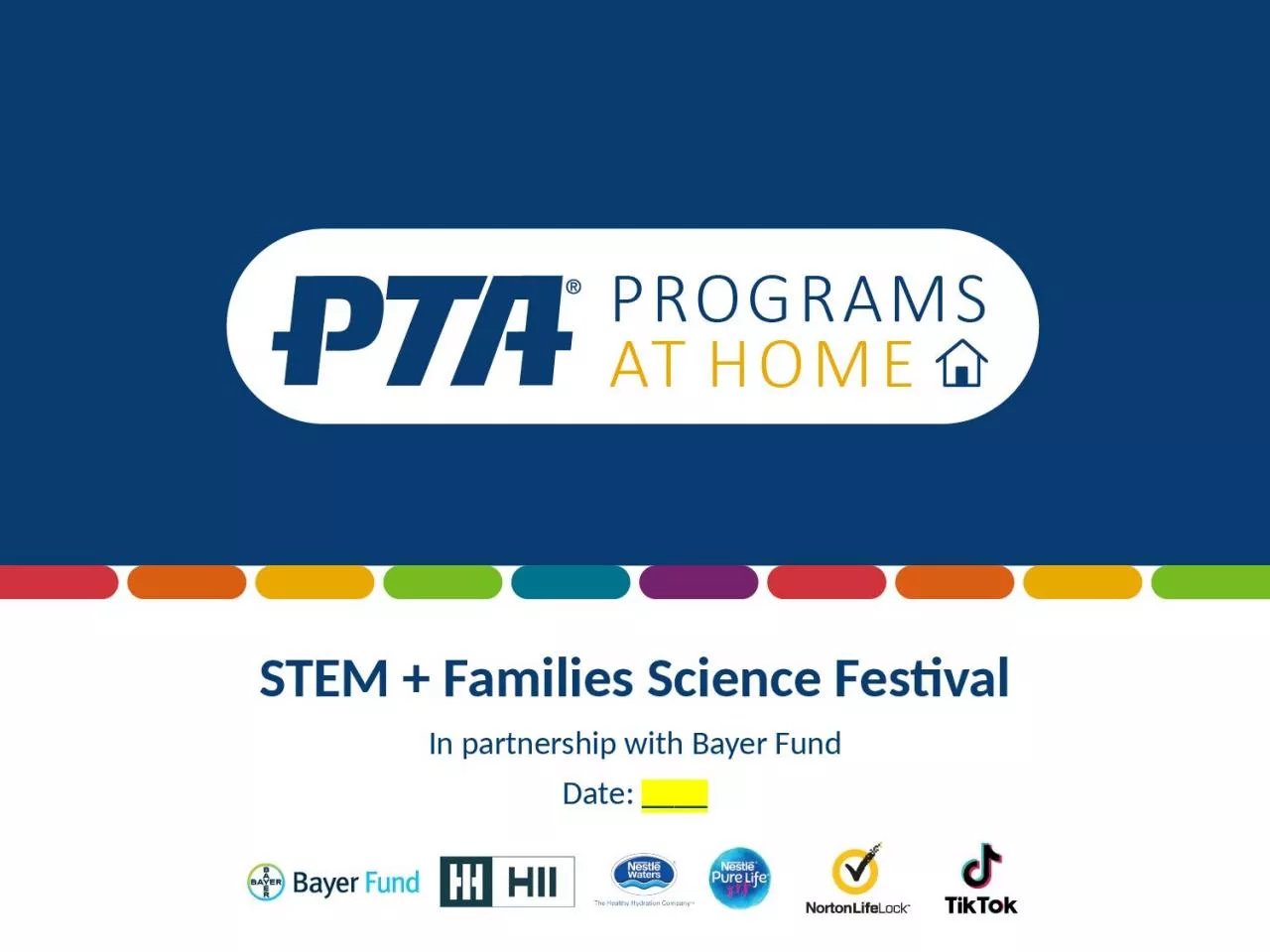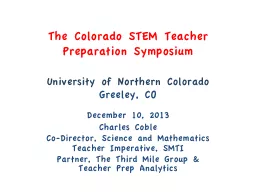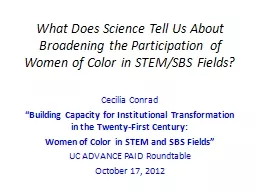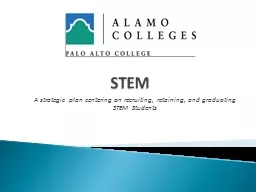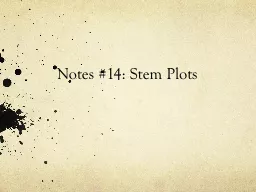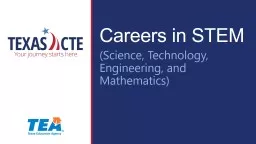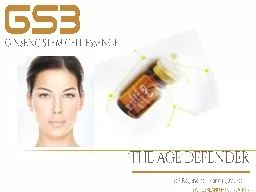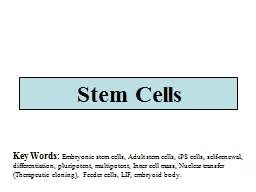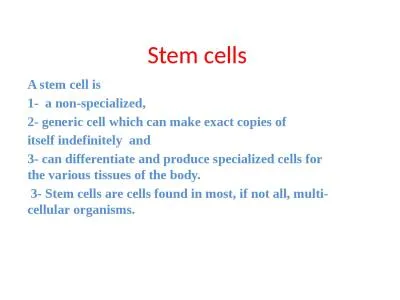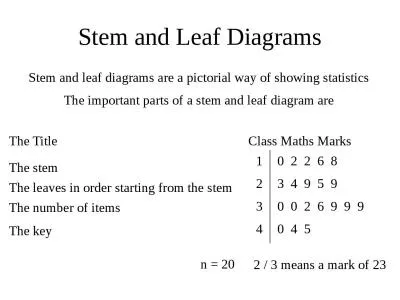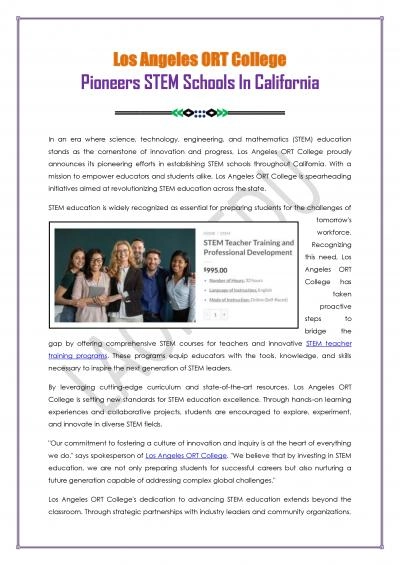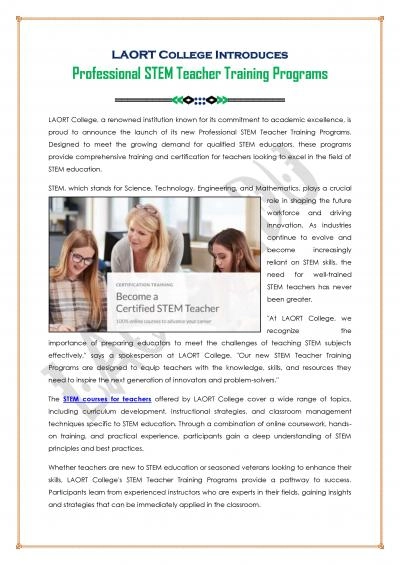PPT-STEM + Families Science Festival
Author : wilson | Published Date : 2023-09-24
In partnership with Bayer Fund Date Introductions Insert names and photos of PTA members who will be facilitating Norms Actively participate Be open minded and
Presentation Embed Code
Download Presentation
Download Presentation The PPT/PDF document "STEM + Families Science Festival" is the property of its rightful owner. Permission is granted to download and print the materials on this website for personal, non-commercial use only, and to display it on your personal computer provided you do not modify the materials and that you retain all copyright notices contained in the materials. By downloading content from our website, you accept the terms of this agreement.
STEM + Families Science Festival: Transcript
Download Rules Of Document
"STEM + Families Science Festival"The content belongs to its owner. You may download and print it for personal use, without modification, and keep all copyright notices. By downloading, you agree to these terms.
Related Documents

